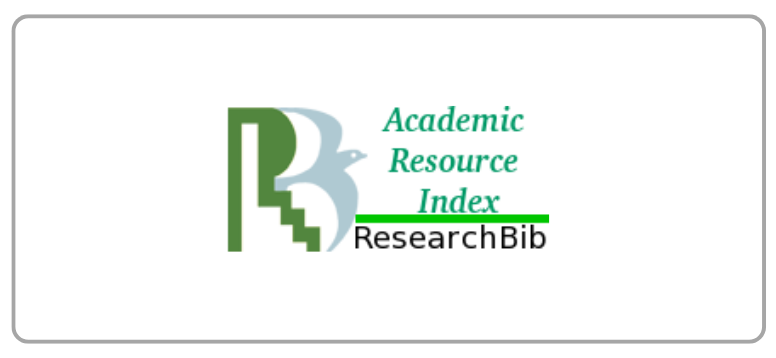Perancangan Data Warehouse Pada Software Laboratory Center
DOI:
https://doi.org/10.21512/comtech.v1i2.2558Keywords:
Data warehouse, ETL, dimensi, fakta, databaseAbstract
The purpose of this study is to analyze the existing database on Software Laboratory Center to obtain necessary information and design data warehouse to integrate existing data to obtain some global information. The methods used are analysis and design method. The method of analysis is done by conducting surveys and analysis of the running system, analysis and identification the weaknesses of the running system, and troubleshooting analysis. And the data warehouse design method is done by applying the nine steps (Nine-Step Methodology) that used by Ralph Kimball's to design star schema. The result is data warehouse that provides some global information which global, relevant, and integrated which can be seen from various points of view that is useful for the leaders to make decisions. Separate data warehouse from operational databases that already exist required by Software Laboratory Center to assist leaders in making strategic decisions in a fast and precise way.
Â
Plum Analytics
References
Connoly, T., & Begg, C. (2002). Database System: A Practical Approach to Design, Implementation, and Management. Edisi ke-3. USA: Addison-Wesley.
Inmon, W.H. (2002). Building the Data Warehouse, Third Edition. New York: John Wiley & Sons, Inc..
Williams, C. (1998). Professional Visual Basic 6 Databases. Chicago: Wrox Press Ltd.
Downloads
Published
How to Cite
Issue
Section
License
Authors who publish with this journal agree to the following terms:
a. Authors retain copyright and grant the journal right of first publication with the work simultaneously licensed under a Creative Commons Attribution License - Share Alike that allows others to share the work with an acknowledgment of the work's authorship and initial publication in this journal.
b. Authors are able to enter into separate, additional contractual arrangements for the non-exclusive distribution of the journal's published version of the work (e.g., post it to an institutional repository or publish it in a book), with an acknowledgment of its initial publication in this journal.
c. Authors are permitted and encouraged to post their work online (e.g., in institutional repositories or on their website) prior to and during the submission process, as it can lead to productive exchanges, as well as earlier and greater citation of published work.
 USER RIGHTS
 All articles published Open Access will be immediately and permanently free for everyone to read and download. We are continuously working with our author communities to select the best choice of license options, currently being defined for this journal as follows:


























